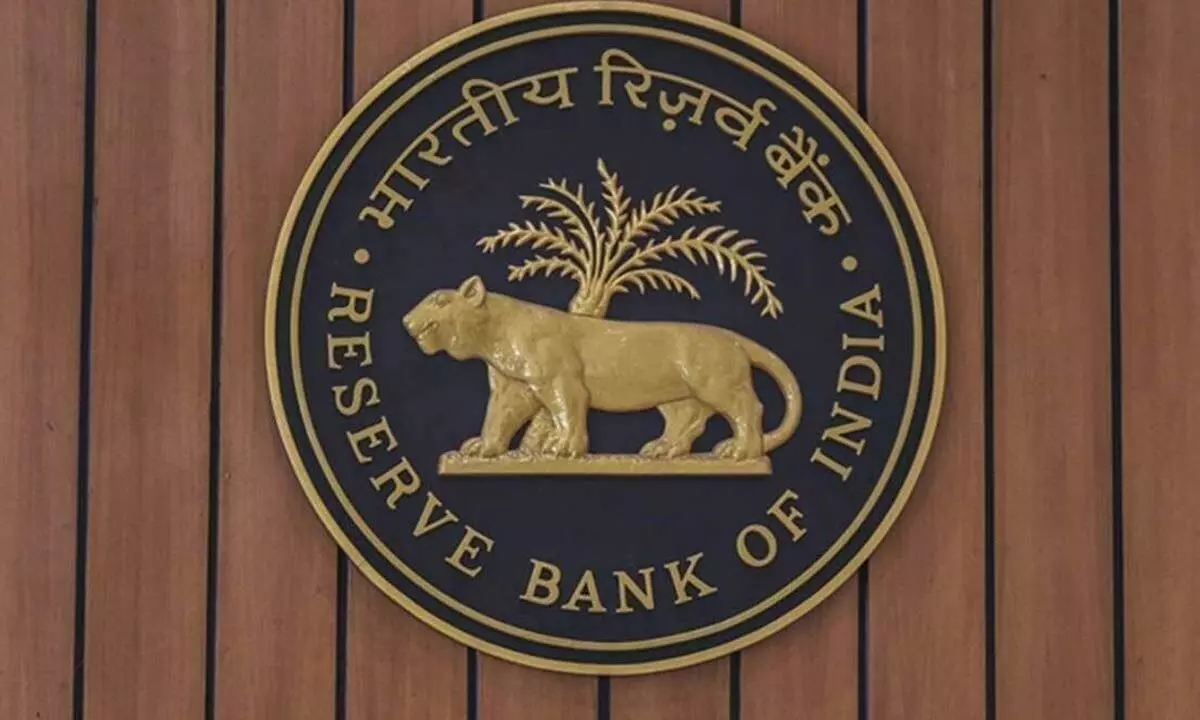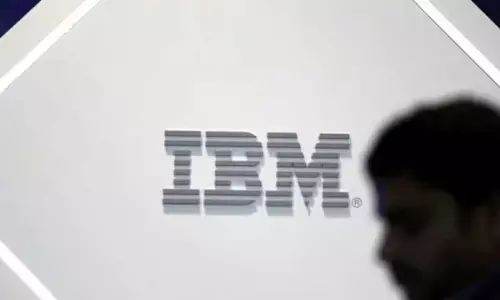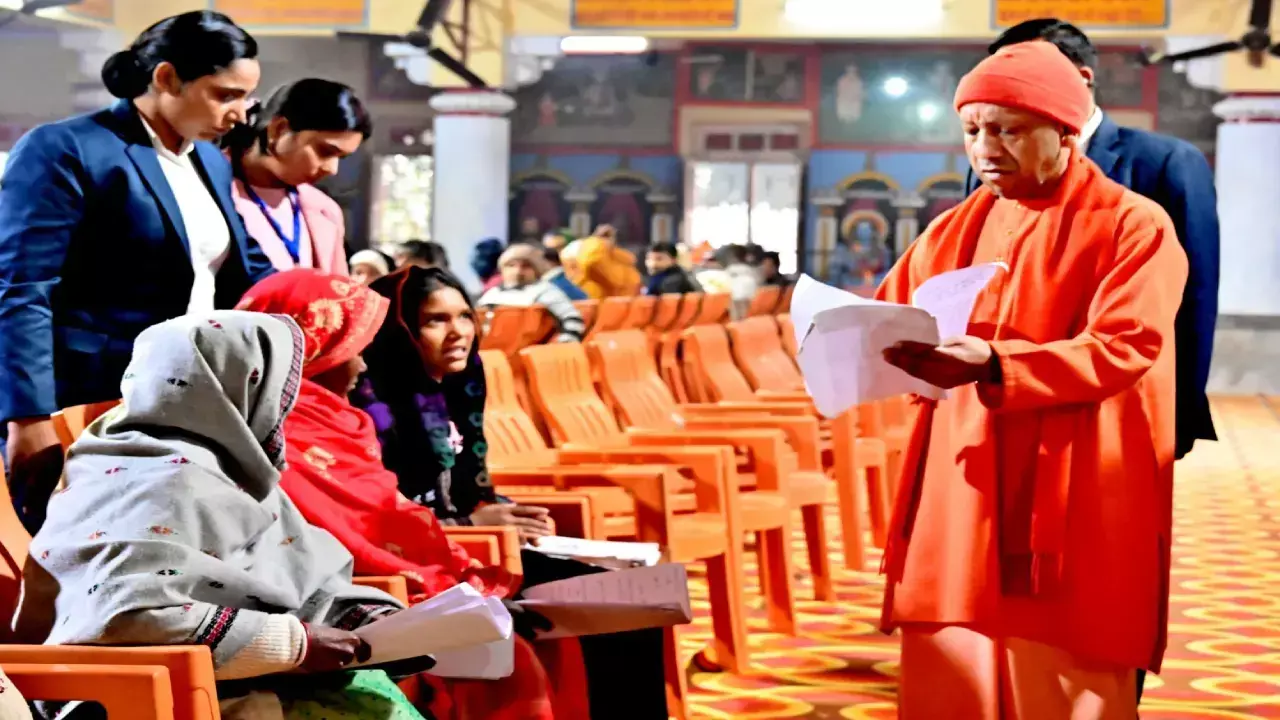A few interesting takeaways

Reserve Bank of India
RBI’s Monetary Policy Committee (MPC) hiked repo rate by 50 basis points (bps) to 4.9 per cent, as was widely expected by the market.
RBI's Monetary Policy Committee (MPC) hiked repo rate by 50 basis points (bps) to 4.9 per cent, as was widely expected by the market. However given that recent experience had significantly reduced market's confidence in being able to read monetary policy actions, there were fears of a larger repo hike or even further action on CRR (cash reserve ratio). The policy, being along expected lines, therefore constituted a relief. There were some other elements as well that may serve to calm some of the disorientation in market expectation with respect to the future course of rate hikes that had set in post the surprise inter-meeting hike in May.
The Inflation Assessment
Needless to say, there is an acknowledgment of the new risks to inflation that have materialised. These include commodity prices, state electricity tariff hikes, poultry and feed costs, continuing supply chain bottlenecks, recent rise in tomato prices, etc. Second order risks from rising pass through of input costs to selling prices in the manufacturing and services sector have been mentioned as well.
On the flip side, prospects of a normal monsoon, the recent supply side measures from government and the unfolding of their impact, Indonesia lifting palm oil export ban, and signs of moderation in global industrial metal prices are mitigating factors in play.
Importantly, the RBI's quick survey of urban households undertaken after the excise duty cuts on petrol and diesel on May 21, 2022 shows a significant moderation in their inflation expectations: declines of 190 basis points in their three months ahead expectations and 90 basis points in one year ahead expectations. Further, the Governor has taken care to emphasise that 75 per cent of inflation currently is on account of food and that too largely owing to global factors. Also, he has noted that monetary policy actions taken thus far will themselves also have an influence on inflation, and the same isn't built into the forecast currently. On basis of the above, the average CPI forecast for FY 23 has been increased by 100 bps.
The RBI's CPI forecast for H1 FY23 is higher than ours and for H2, it is lower. This has a few interesting takeaways for us.
The market may not have any reason to question the RBI's near term forecasts given that it seems to be accounting for most of the known inflationary pressures over H1. H2 is too far in the future and therefore subject to that much more forecasting uncertainties. Thus while analytical counter-perspectives may be made, again it is difficult to "thump the table" and say that the RBI's H2 forecasts are low. This is especially because post an extraordinary large commodity price shock as being witnessed now, the pace of unwind ahead will be that much harder to model for. With global growth slowdown gathering pace, and at least tentative signs emerging of the 'goods' economy starting to lose steam, the RBI's view on H2 may actually end up holding more merit.
Q1 FY24 average inflation will likely be materially lower than Q4 FY23, as per our current assessment. This means that headline CPI continues to fall towards 5 per cent over January-June 2023. If this view starts gaining ground in the market, then participants may be in a position to equate the need for real positive policy rate with a more modest terminal nominal repo rate.
The Policy Assessment
The policy hike cycle has to be looked at in two phases in our view: One, the move to normalisation that takes repo rate to some level of neutrality; Two, the move thereon that takes us into actual restrictive territory. While making this distinction, one has to also acknowledge that there may be different views on where the line stands between normal and restrictive.
The Governor articulates that monetary policy actions including withdrawal of accommodation will be calibrated keeping in mind the requirements of the ongoing economic recovery. If the RBI/MPC is feeling the need for calibration even while removing accommodation, logically speaking the extent of calibration should ordinarily increase (or the pace of hikes reduce) once we hit somewhere on repo rate that is deemed closer to neutral. This observation is made ceteris paribus or keeping all other factors constant, since we acknowledged the repeated point made by the Governor on the need to be flexible and not be bound by any stereotypes or conventions. That said, in the current context, there seems to be a continued anchor of the pre-pandemic repo rate of 5.15 per cent (or its vicinity) as having concluded the process of withdrawal of accommodation as far as repo rate is concerned.
Thus it seems likely that, assuming the RBI's near inflation forecasts are met and there are no fresh commodity shocks, the pace of hikes after 5.15 per cent (likely to be achieved by August policy) will probably slow down further. This is especially true if one connects this to the point made above equating terminal real repo rate to a certain point of future inflation (currently forecasted).
The forecasted CPI trajectory is consistent with the MPC failing on its inflation mandate (3 quarters above 6 per cent). While the Governor didn't indulge this question directly when asked in the post policy media interaction, reading the policy document with its embedded forecasts probably provides some relief that the calibrated stance continues despite this "fait accompli" and that the RBI is looking beyond this now to Q4 inflation and beyond. This is also the logical course of action since, as the Governor stated and what is often forgotten in general commentary, policy tightening acts with a 6-8 month lag. Therefore, actions taken now are unlikely to materially affect the likelihood of target failure in the near future.
Our point also has been that this needs to be looked at in a global context and frenzied action around meeting the mandate in the near term raises the risk of us having overtightened down the line.
Conclusions
The policy today may serve to calm some of the outlier fears of rapid monetary policy tightening in the cycle that had taken hold post the interim rate hike. However this may still be contingent on global commodity prices, especially oil, beginning to calm down. This is because, quite prudently, the Governor has repeatedly emphasised the need to be proactive and flexible and to be not bound by conventions. Irrespective of near term volatility, one has to note that global monetary tightening (amplified by market yields already discounting steep future rate hikes) is progressing in what is a distinctly slowing global economy.
Our view remains that while RBI will get to a level of neural relatively soon, the current cycle will still peak below 6 per cent on the effective overnight rate. The broad-basing of domestic recovery basis concurrent indicators seems evident and the state of balance sheets argues for greater resilience. However, this argues eventually for better relative growth for India in a slowing world. It is probably a stretch to think that India's growth trajectory will be entirely immune to the global slowdown, especially as the export channel has been an important one for growth over the past few quarters.
Put another way, just as inflation risk factors highlighted by the RBI earlier are now fructifying, we expect the growth risk factors being highlighted now to start fructifying over the latter part of this year. The RBI's forecasted inflation trajectory as well as the general inflation characterisation today further reaffirm our view on peak policy rates in this cycle. We reiterate preference for overweight 4-5 year government bonds with the rationale remaining the same as before. While the argument for near term volatility is true, we expect with pricing having moved sufficiently the volatility will start to subside overtime thereby allowing investors to earn more carry from this segment as well.















